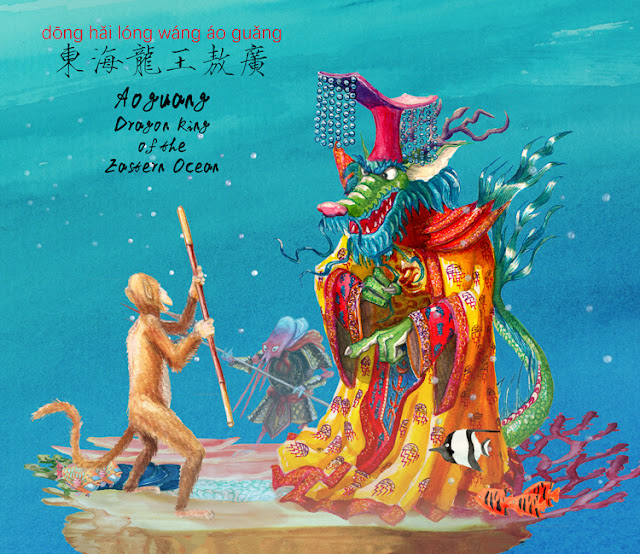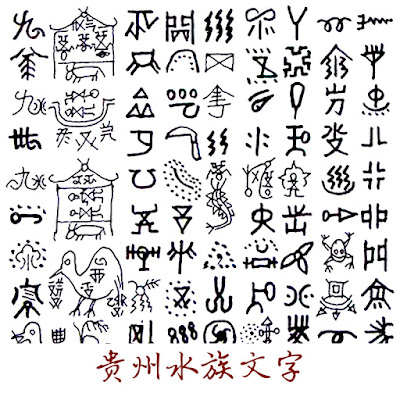Obscure horse-radical characters
In modern Chinese, characters with the horse radical are common and useful (馴 xùn to raise and train an animal, 騙 piàn to cheat, 駡 mà to cuss), but there are a whole host of characters that are equine-specific and gloriously of zero practical use. These were all important technical terms when horses were the transportation of choice:
騍 kè mare
騸 shàn gelding – a castrated horse, making for better-behaved work horses
騂 xīng reddish-brown (bay or chestnut) horse
駹 máng black horse with a white face
驄 cōng dapple-grey horse
騧 guā ‘buckskin’ horse – cream-yellow coat with black points
騸 shàn gelding – a castrated horse, making for better-behaved work horses
騂 xīng reddish-brown (bay or chestnut) horse
駹 máng black horse with a white face
驄 cōng dapple-grey horse
騧 guā ‘buckskin’ horse – cream-yellow coat with black points
This is likely the first and last time you’ll see these characters.
But there are some horse-specific characters that still get used every day, usually in proverbs, here are some useful ones:
駒 jū young horse (colt or filly)
This originally meant a two year old horse, not fully grown to adult size, and can be used as a metaphor for a young man (龍駒 lóng jū a brilliant young scholar). And you’ll see it in this expression from Zhuangzi:
白駒過隙 bái jū guò xì time flies
Literally, [time flies like the flash of a] young white colt running past a gap in the wall.
駑 nú a worn-out old horse who can no longer run quickly
This is only really used in this proverb:
駑馬戀棧 nú mǎ liàn zhàn
an incompetent man clings to a good position
Literally, the old horse loves being [fed the grain] in the stable (instead of having to forage for food themselves).
And the last one for today…
駿 jùn a fine horse (良马), a steed
This one you’ll actually see used for horses (in films and such), in names, like:
宮崎駿 gōng qí jùn Hayao Miyazaki
Founder of Studio Ghibli animation studio. His name means ‘Palace-Rough mountain road – Fine Steed,’ which is a pretty cool name.
That’s not a horse….




Comments
Post a Comment